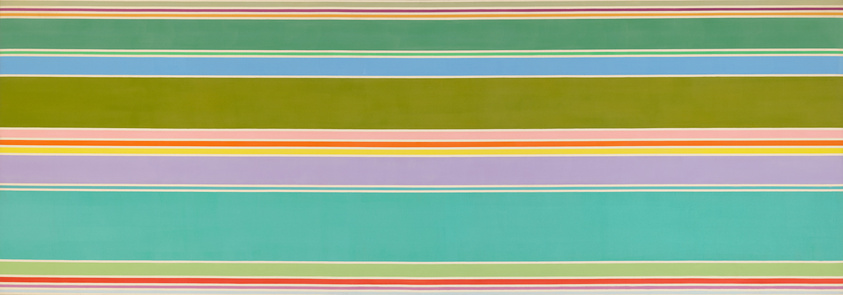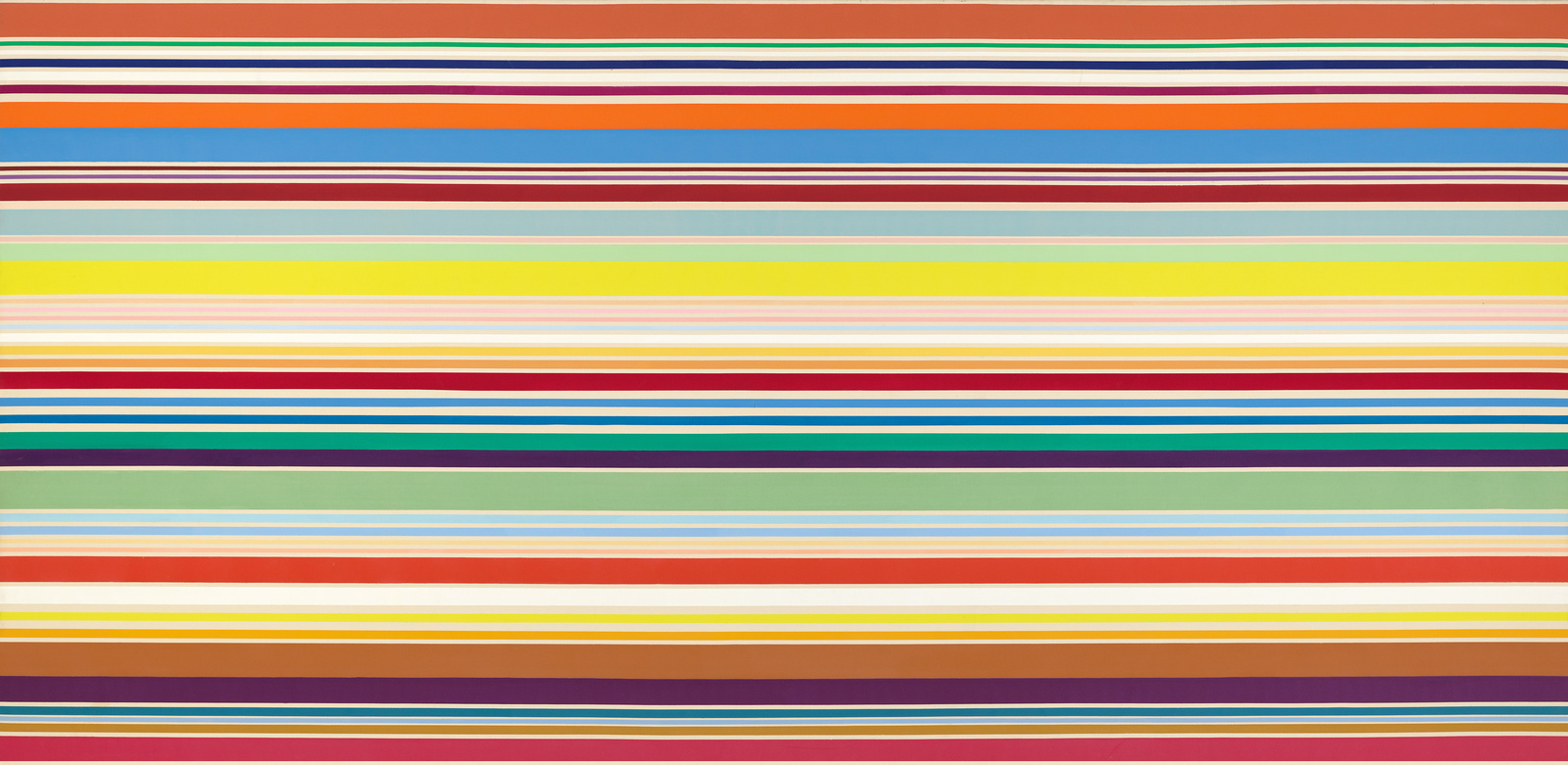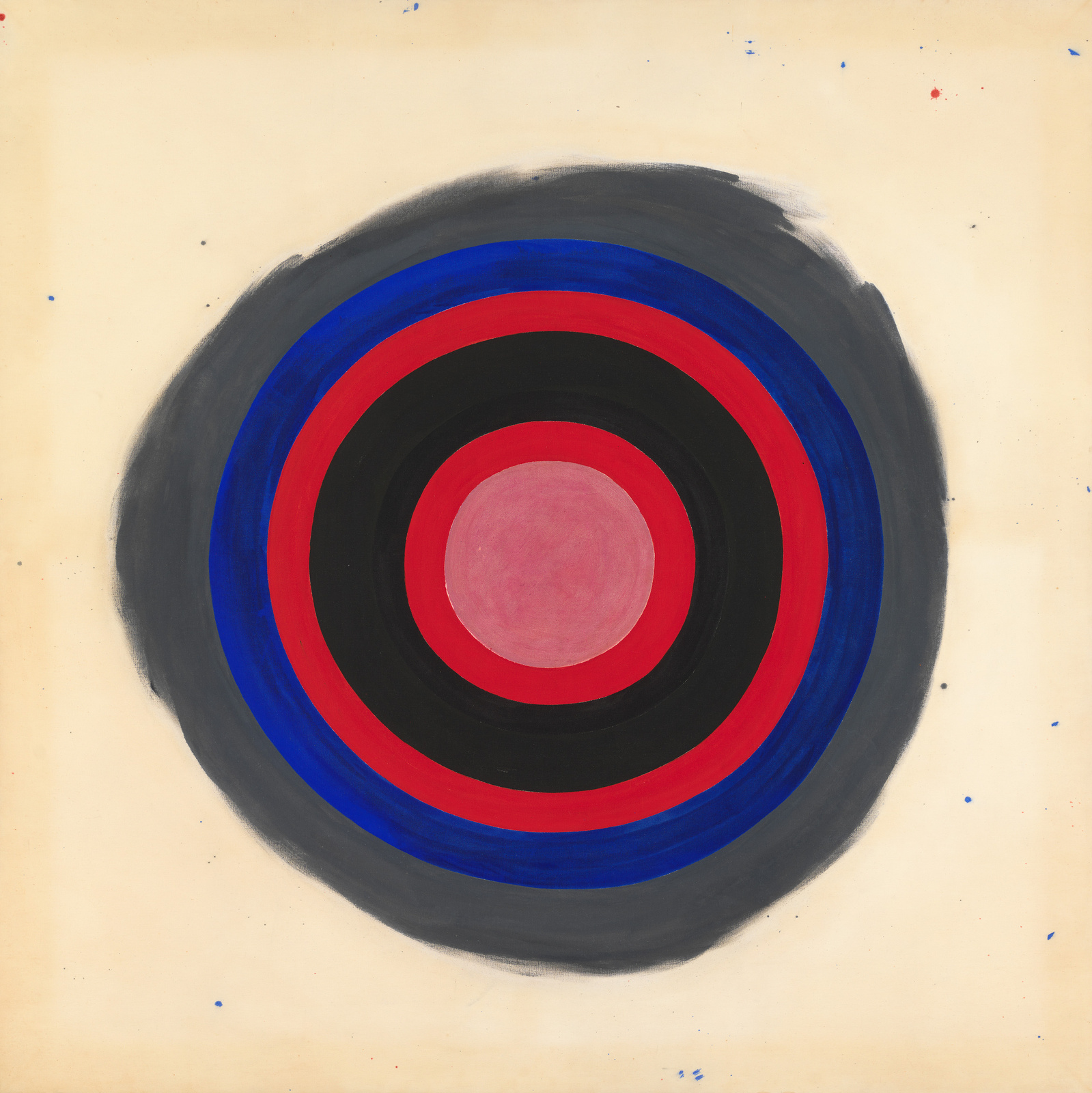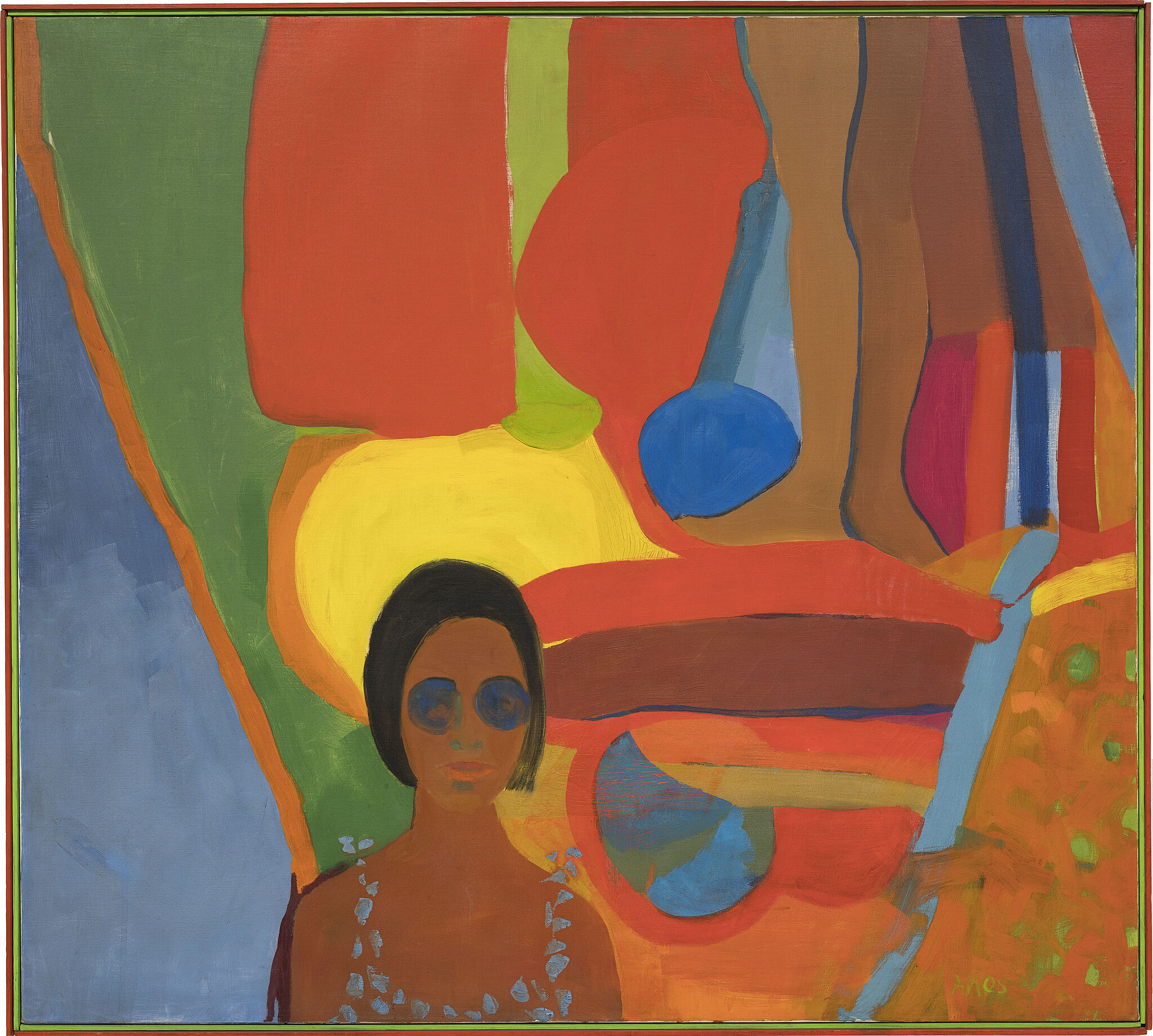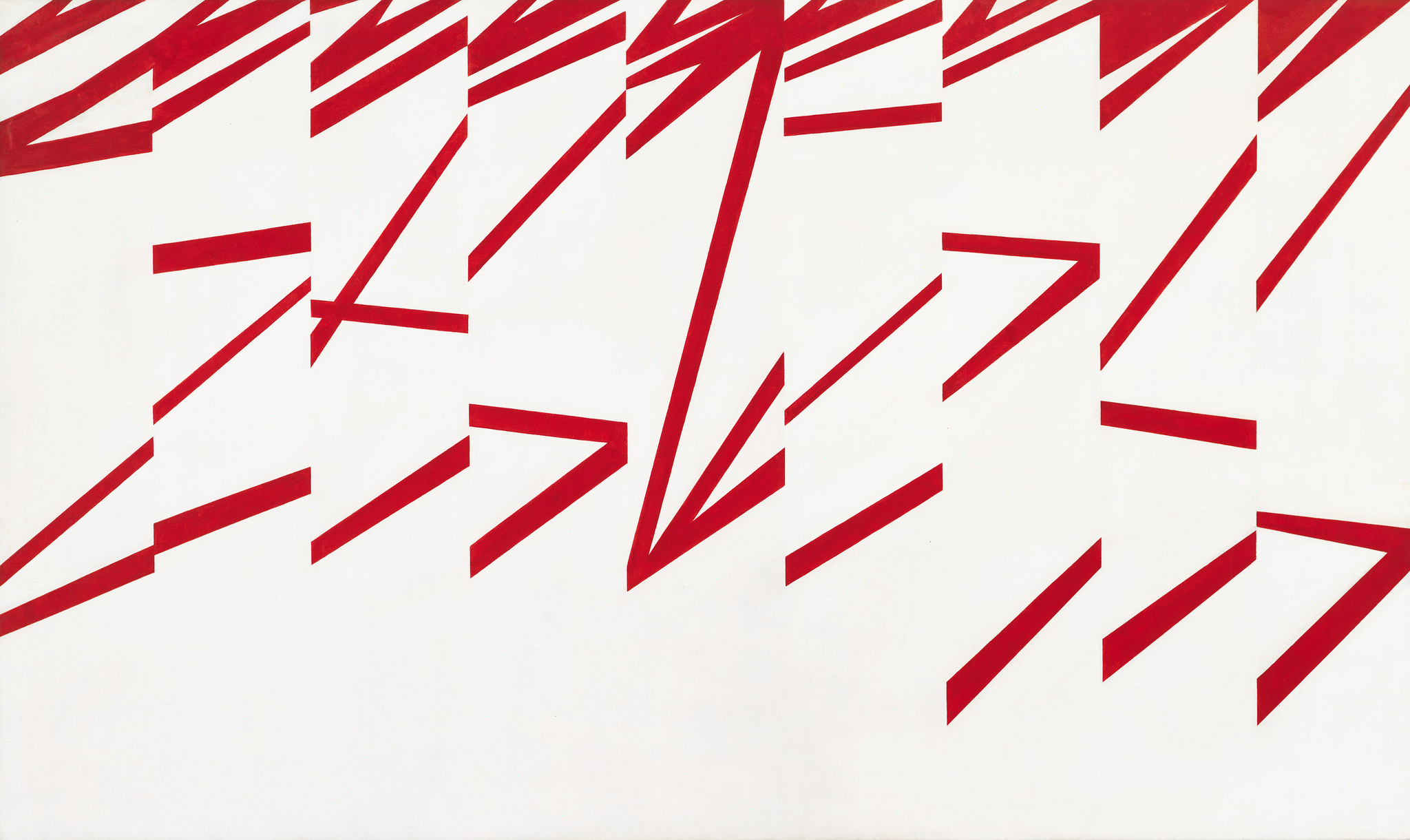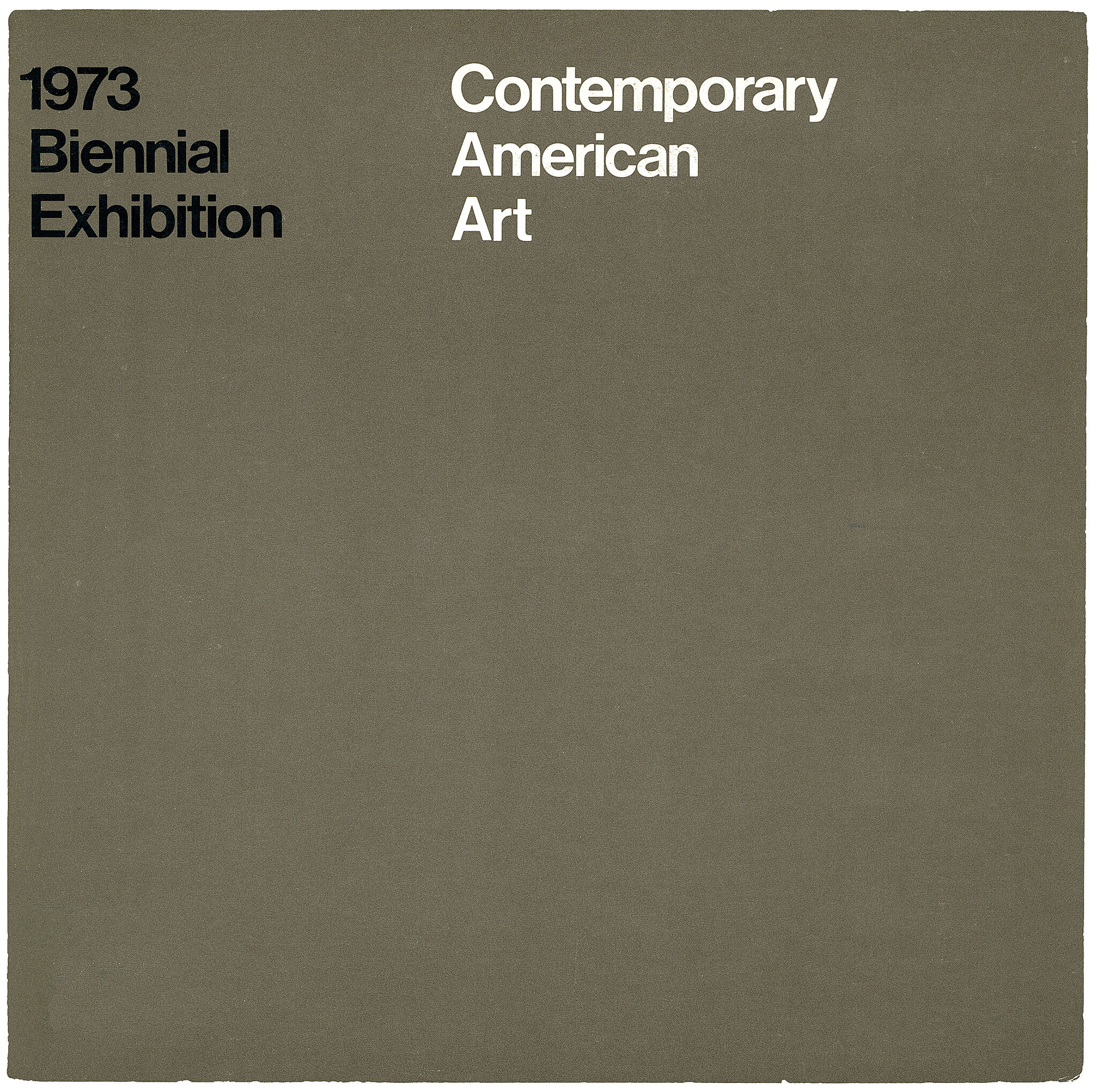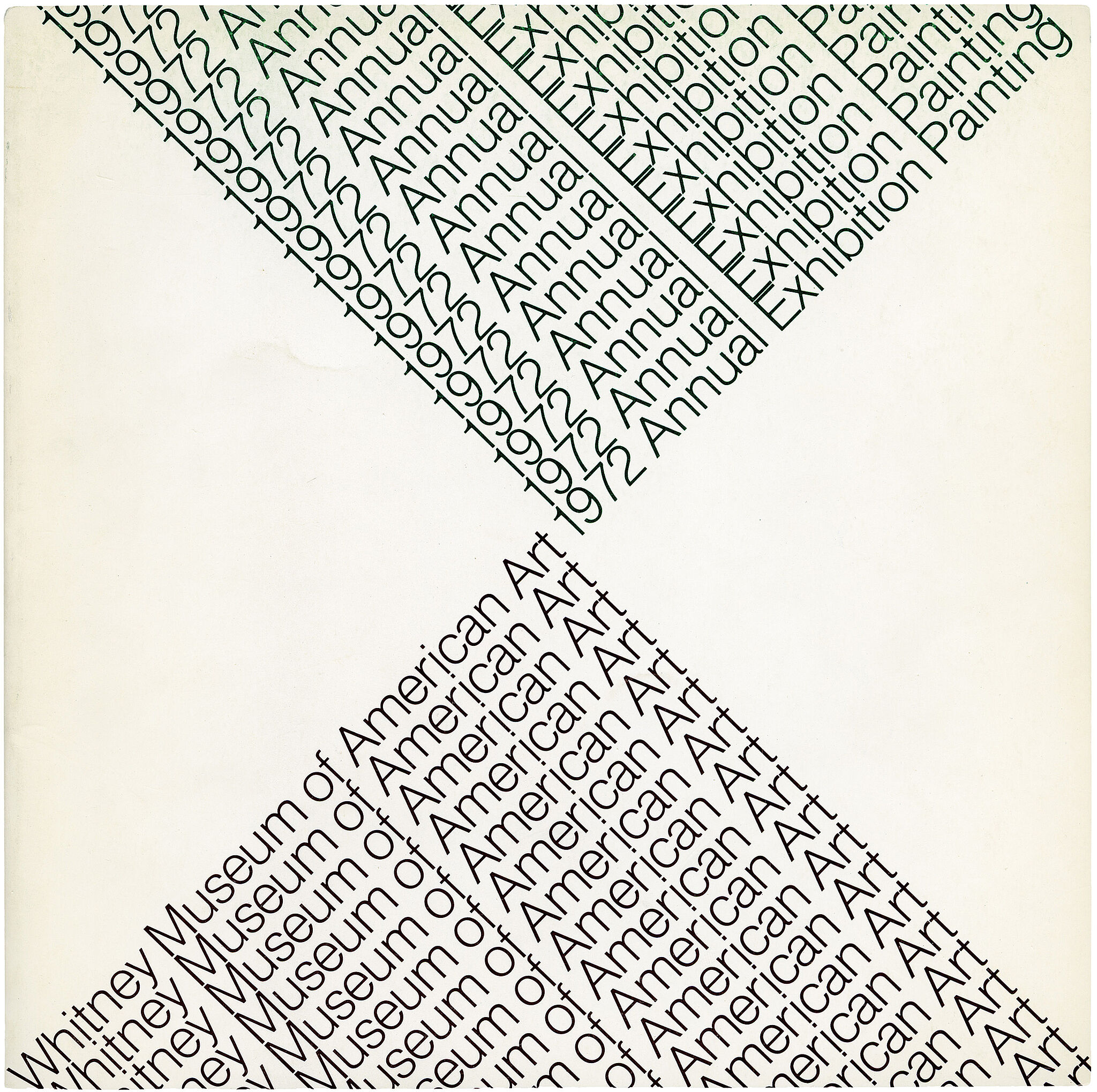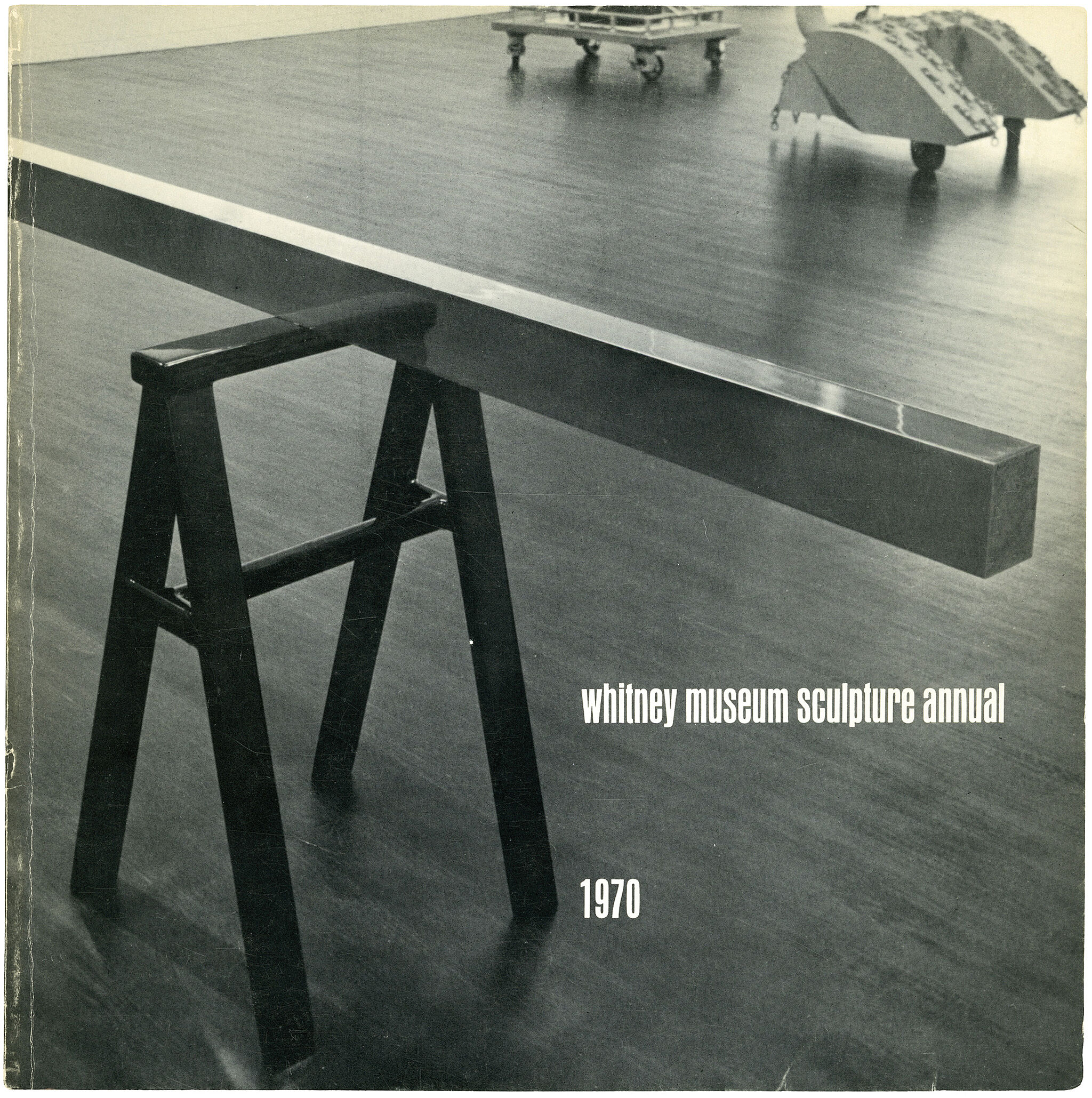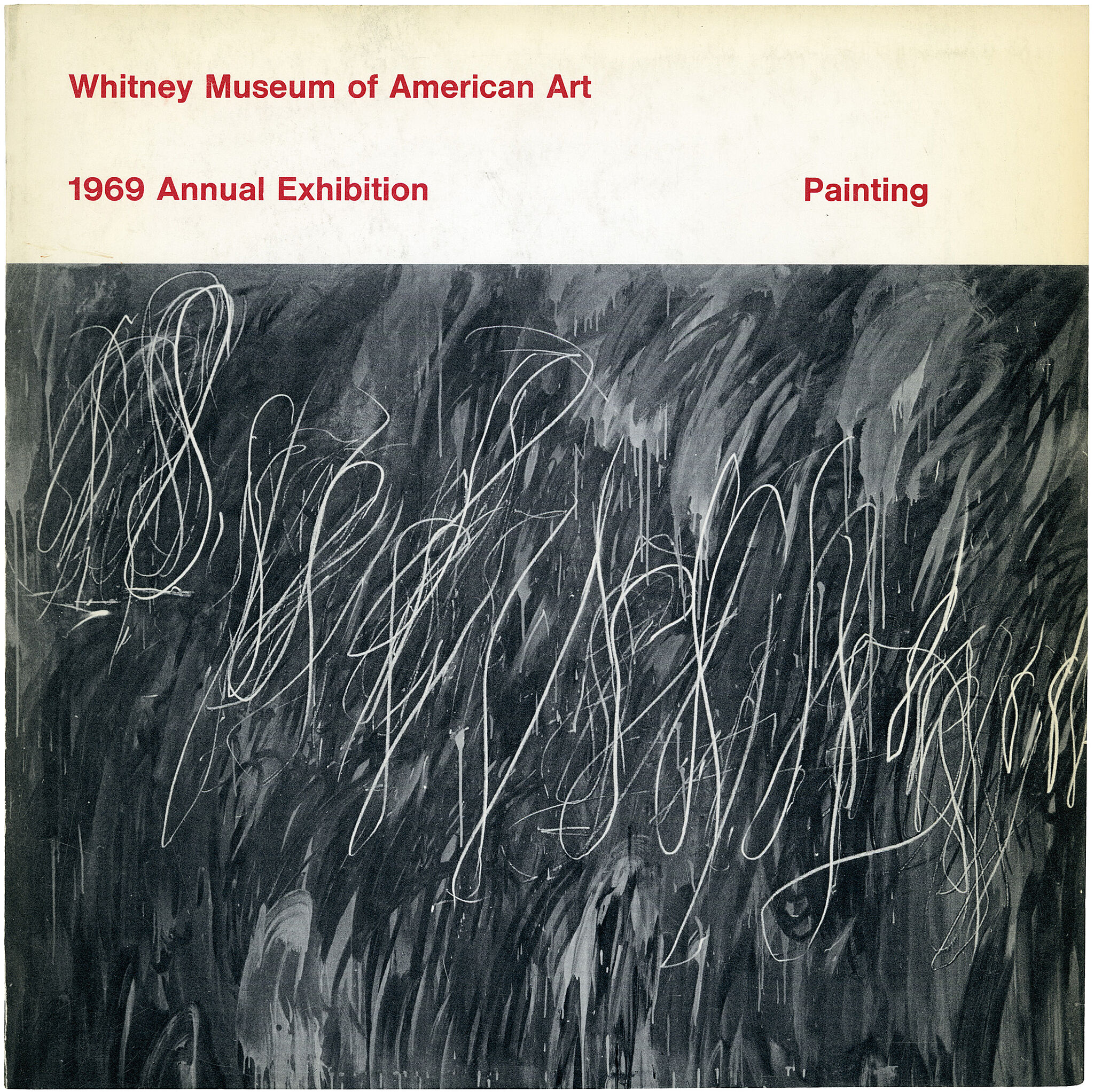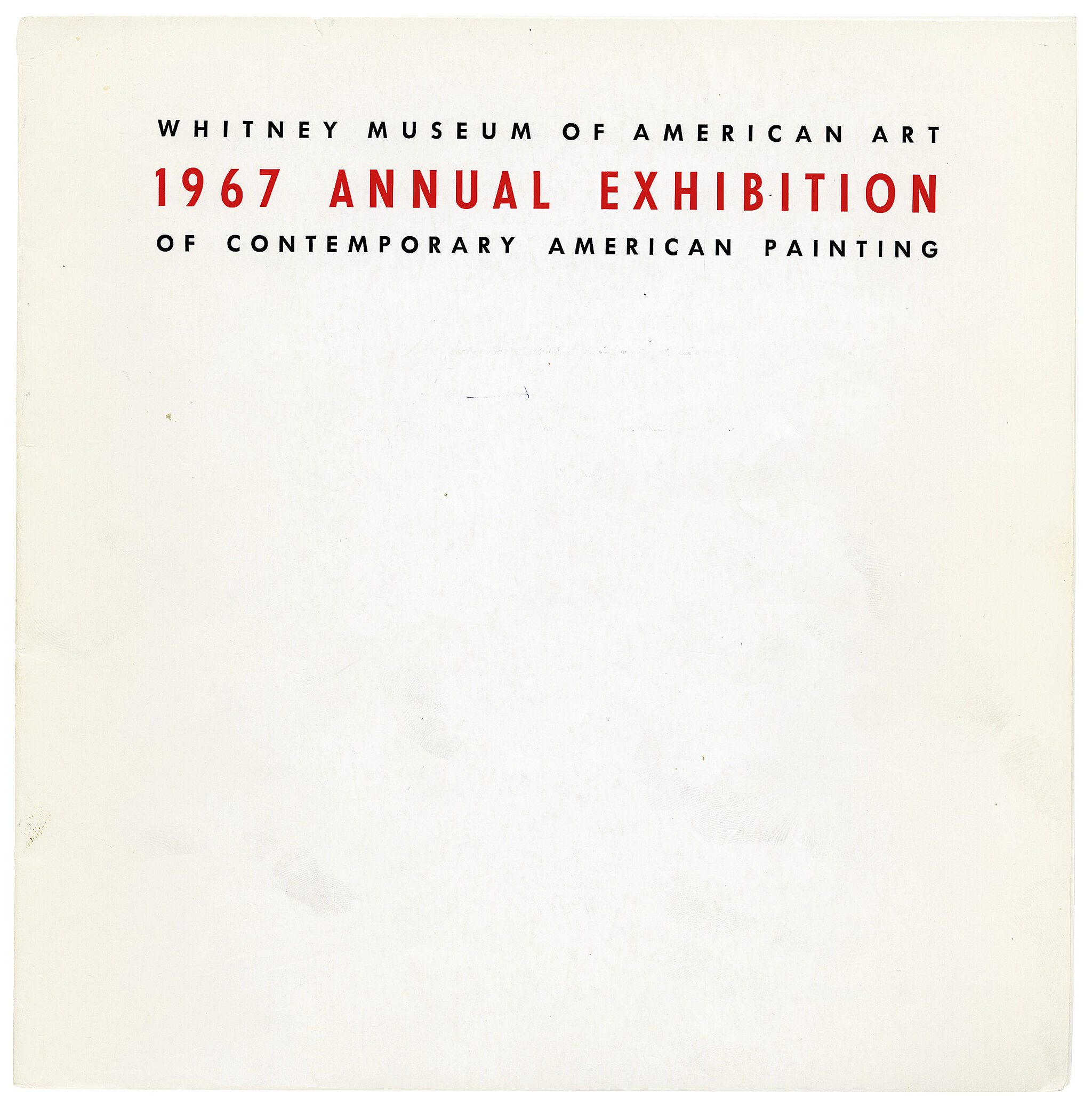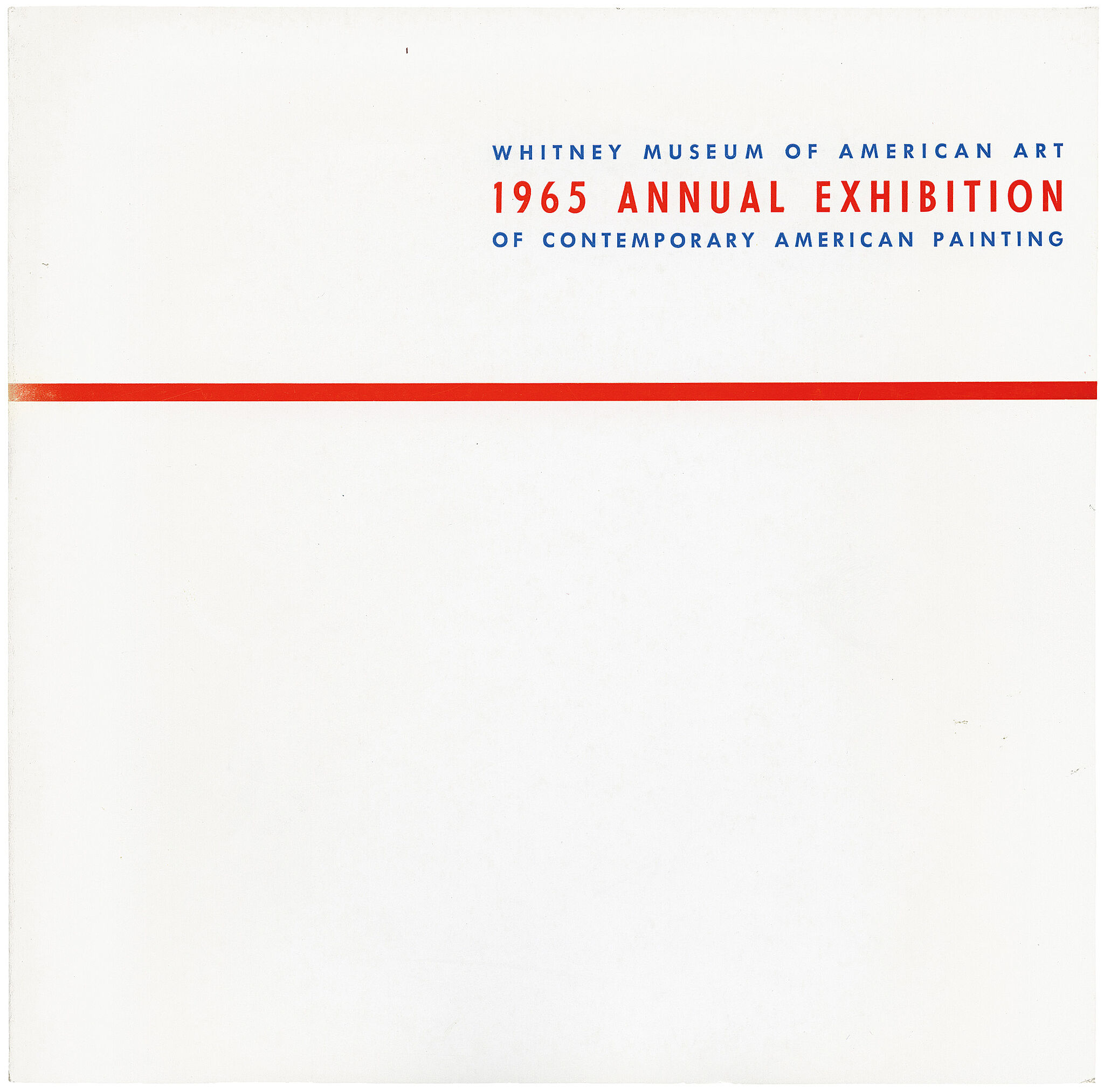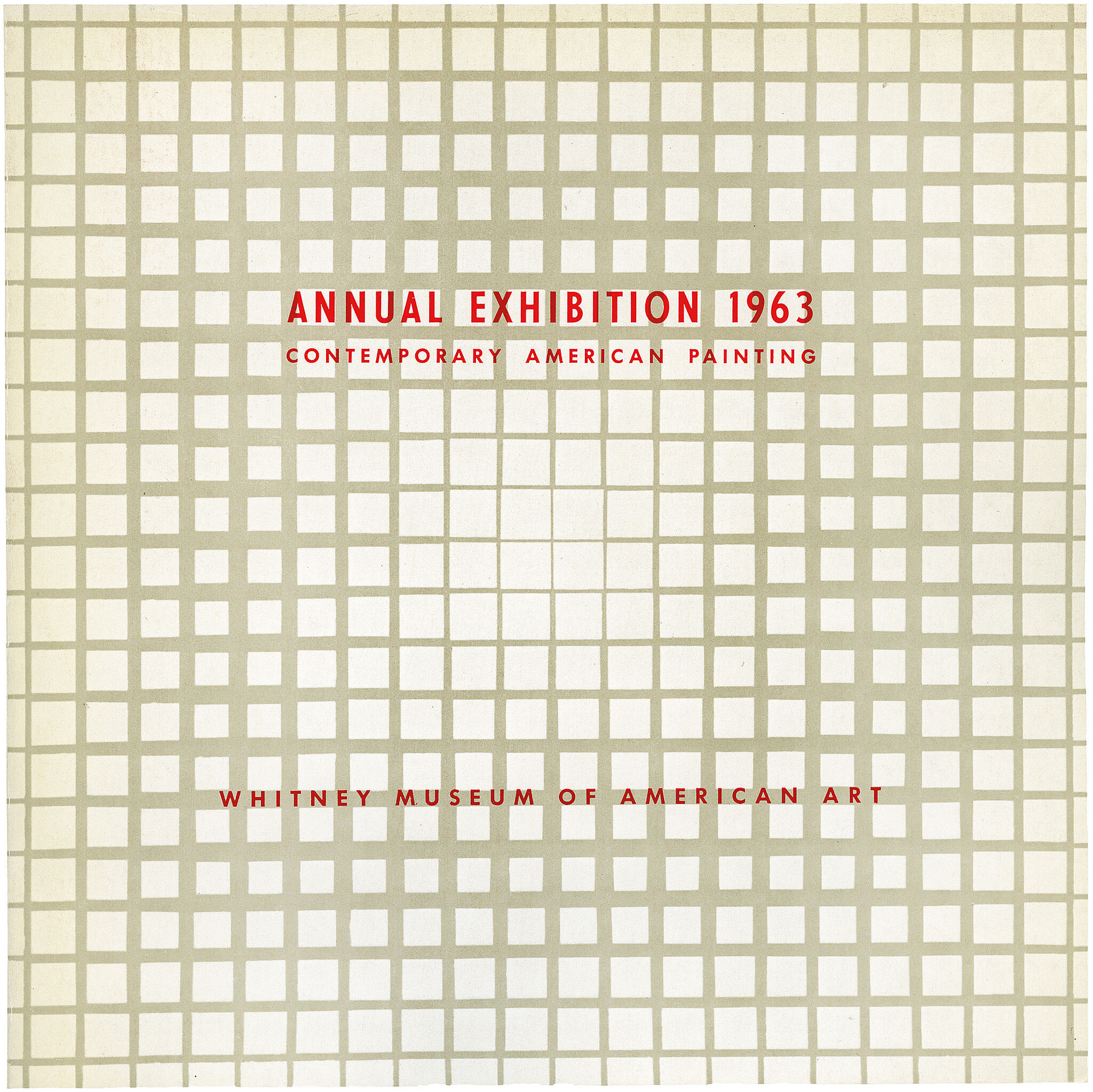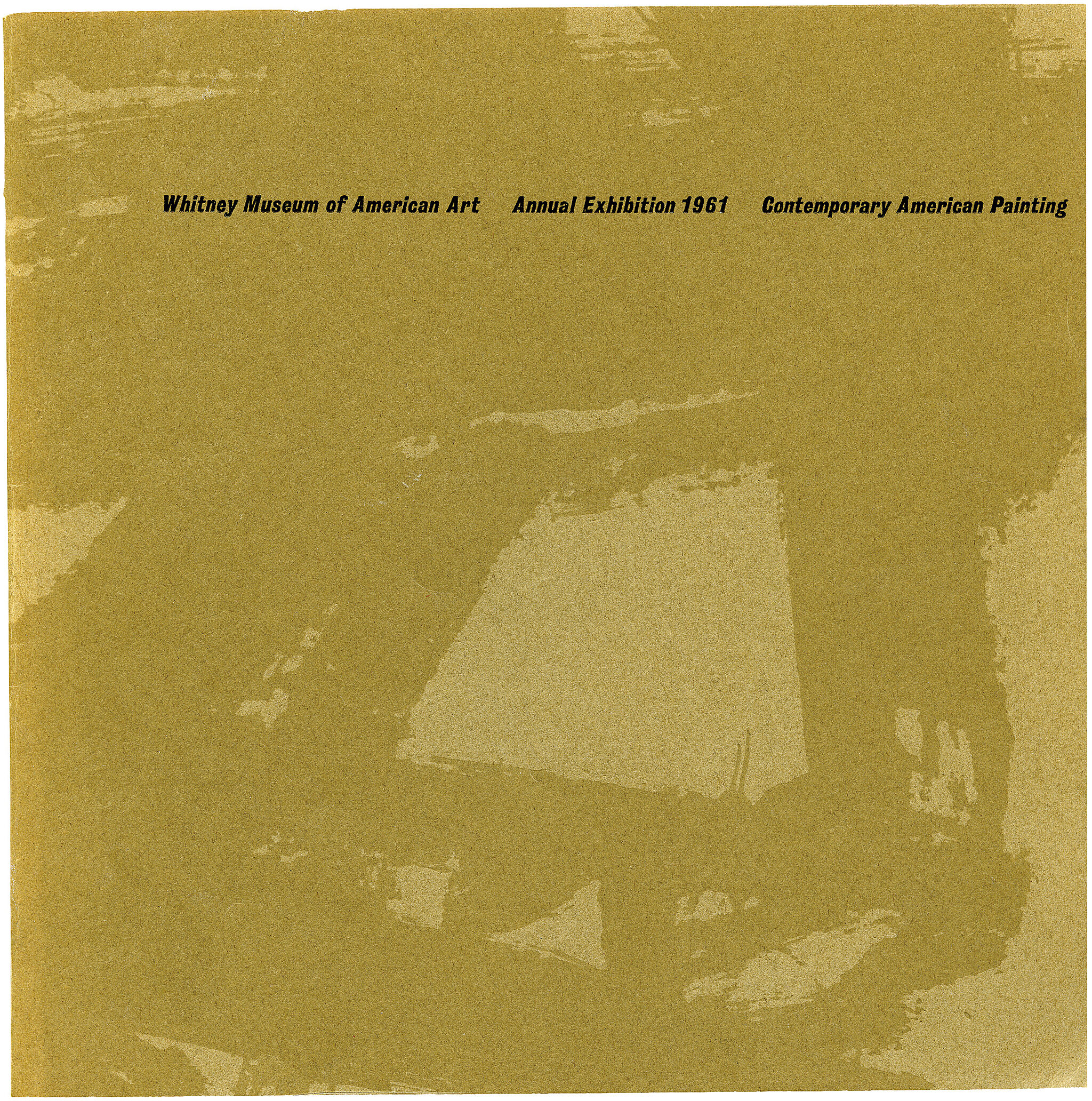Kenneth Noland
1924–2010
Introduction
Kenneth Noland (April 10, 1924 – January 5, 2010) was an American painter. He was one of the best-known American color field painters, although in the 1950s he was thought of as an abstract expressionist and in the early 1960s as a minimalist painter. Noland helped establish the Washington Color School movement. In 1977, he was honored with a major retrospective at the Solomon R. Guggenheim Museum in New York that then traveled to the Hirshhorn Museum and Sculpture Garden in Washington, D.C., and Ohio's Toledo Museum of Art in 1978. In 2006, Noland's Stripe Paintings were exhibited at the Tate in London.
Wikidata identifier
Q527001
Information from Wikipedia, made available under the Creative Commons Attribution-ShareAlike License. Accessed March 31, 2024.
Introduction
Kenneth Noland attended Black Mountain College in North Carolina between 1946 and 1948. He taught at the Washington Workshop Center of the Arts, where he met the artist Morris Louis. Noland was part of a group of painters that described their paintings as Color Field work, which was later defined as Post-Painterly Abstraction. Noland's interest in pure color led him to create controlled, geometric abstract paintings, using stripes, chevrons, and target shapes of colors.
Country of birth
United States
Roles
Artist, painter, sculptor
ULAN identifier
500003418
Names
Kenneth Noland, Kenneth Clifton Noland
Information from the Getty Research Institute's Union List of Artist Names ® (ULAN), made available under the ODC Attribution License. Accessed March 31, 2024.
